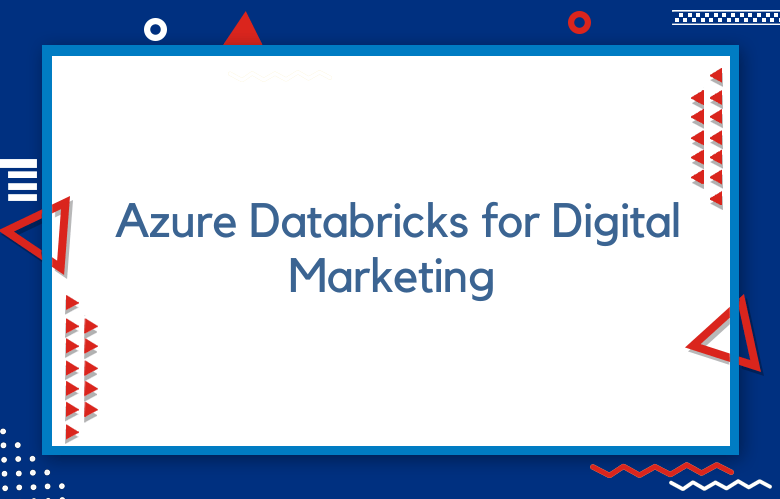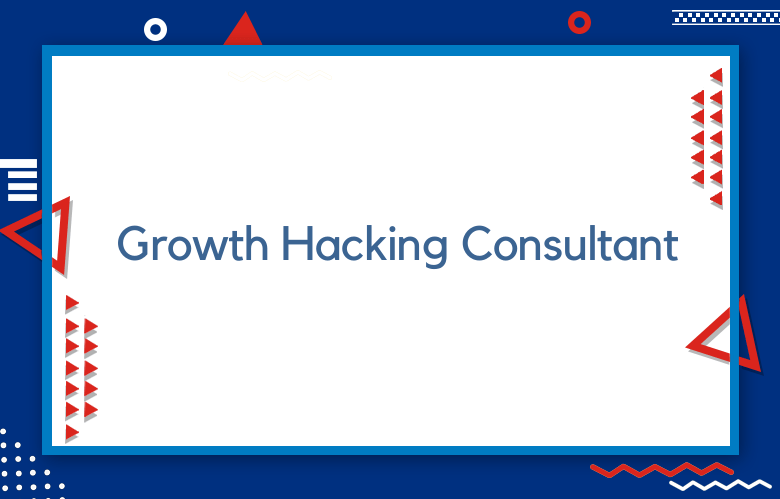How to Create a Content Strategy for SaaS Business

As a SaaS business, you know content is critical to getting more customers and increasing your visibility. But what’s the best way to create a successful content strategy? This article will discuss why content strategies are essential, how to make one, and what content you should create. Read on to learn more!
Content Strategy for SaaS Businesses
Start by defining your target audience. Knowing who you’re creating content for will help you determine what type of content to develop and which channels to use to reach them. For example, if you’re targeting professional software developers, focus on technical topics related to software development and promote your content through industry blogs and forums.
Next, decide on the content that best suits your target audience’s needs and interests. Popular types of content include blog posts, eBooks, webinars, podcasts, case studies, and white papers. It would help if you also considered creating video tutorials or live-streaming sessions, as they are an increasingly popular method of engaging with customers and showcasing features of your product in action.
Finally, make sure that all your content is optimized for search engines so it can easily be found by potential customers searching online for solutions to their problems. It means including relevant keywords in titles, headings, and throughout the body copy of your articles, as well as optimizing meta tags (such as page title tags) for better visibility in search engine results pages (SERPs).
Additionally, linking back to other pages on your website from within the body copy will help boost page rankings since web crawlers view internal links as a sign of relevance.
Audience Analysis
The first step in creating your content strategy is understanding your audience and what they want. You need to know who they are, where they hang out online, what topics resonate with them, and more. This knowledge will help you create content that speaks directly to your target audience, increasing engagement and conversions.
Content Types
Once you know your audience and what topics interest them, you can create content tailored to their needs. Many types of content can be used to engage with your target audience, including blog posts, ebooks, webinars, case studies, whitepapers, podcasts, social media posts, infographics—the list goes on! It’s essential to find the right mix of content types for your business that best resonates with your audience so that each piece stands out from the crowd and compels people to take action.
Content Promotion
Once you have created the necessary content pieces for your SaaS company’s content strategy, it’s time to promote them! Content promotion should be done strategically to maximize its reach and impact. It would help if you utilized all available channels, such as email marketing campaigns, paid ads on search engines or social media platforms, leveraging influencers, using SEO techniques, submitting guest posts, etc., to get maximum visibility for each piece of content created by your business.
Know Your Target Audience
The first step to creating compelling content is to get to know your target audience. Who are they? What do they need? What kind of problems are they trying to solve? Knowing who you’re writing for will help you craft content that speaks directly to their needs and interests.
Create Compelling Content
Once you know who you’re writing for, it’s time to create content that resonates with them. Start by thinking about what topics would be helpful or interesting to them. Brainstorm ideas and then narrow down the list until you have a few issues that stand out as potential pieces of content. Once you have a few ideas, start writing! Keep in mind that the most effective content is creative, engaging, and, above all else, helpful!
Track Your Progress
Analytics tools can help you track your content’s performance and adjust accordingly. You can track metrics like website visits, page views, click-through rates (CTR), bounce rates, engagement rates (ER), and average time on page (ATP). These metrics will indicate which pieces of content are performing well and which need improvement or further optimization. Tracking these metrics over time will show you how much progress your content strategy has made since its inception.
The benefits of having a Content Strategy
Having a well-thought-out content strategy can be beneficial in many ways.
It will help you identify your target audience and engage with them through relevant content.
It will, in turn, create trust between customers and potential customers and increase brand awareness.
A good content strategy also ensures that your content is consistent and up-to-date.
It helps keep readers engaged with your brand while also providing valuable information.
Creating Your Content Strategy
There are several steps you should take when creating your content strategy.
First, define your goals for the strategy; this could include increasing traffic or conversions, engaging with new audiences, or becoming an authority in your field. Once you have identified your goals, develop a plan for achieving them.
It should include topics for each piece of content and where it will be posted (e.g., blog posts and social media channels).
Set deadlines for yourself on track with creating new content regularly. Finally, measure the success of each piece of content against the goals that you set; this will help inform future articles and keep you on track moving forward.
Types of Content You should create
There is no one-size-fits-all solution for content types; the kind of content that works best for your business depends on factors such as industry and target audience.
However, some popular types of SaaS business include blog posts (which can use to provide helpful information related to topics within your industry), videos (which can help explain complex issues quickly), infographics (which can give the readers easily digestible chunks of information), webinars (which allow viewers to get hands-on experience with products or services), case studies (which provide real-world examples of how others have used products or services successfully) and podcasts (which provide audio interviews from industry leaders or other experts).
Content Strategy for SaaS Businesses Consulting
The content strategy for SaaS business consulting is critical to any successful business. It involves developing an organized plan to create and share content with customers, prospects, and partners to foster brand awareness, build relationships, and ultimately grow revenue. A proper content strategy can ensure your business can drive engagement and interactions with customers, prospects, and other stakeholders.
A successful content strategy starts with identifying the target audience you want to reach. Researching their needs and interests will help you develop content that meets their expectations and drives them toward action. It would help if you also created a unique value proposition for your target market that differentiates your business from competitors.
Additionally, it’s essential to consider what types of content will provide the most value for those audiences–whether that looks like educational information on industry trends or entertaining videos showing case studies from genuine customers.
Once you have identified the goals for your content strategy, it’s time to develop a plan of action. It means selecting channels where your target audience hangs out online, such as social media networks or industry websites, and planning how often you will post content on each channel and when it’s most appropriate.
Use analytics platforms such as Google Analytics or Adobe Analytics to understand performance metrics such as click-through rates or website visits so you can adjust strategies accordingly if needed. Finally, remember to optimize the customer experience by ensuring all the pages on your website are optimized for SEO purposes so they appear higher in search engine results pages (SERPs).
Ultimately, a comprehensive approach to creating an effective content strategy for SaaS business consulting can make all the difference between staying afloat and achieving long-term success for your organization.
Conclusion
Content is essential in any successful SaaS business’s digital marketing strategy—but creating compelling pieces takes time and energy.
With these tips in mind, however, you should be able to create a successful plan that works for your business’s specific needs and goals!
By considering factors such as target audience and industry when crafting a plan and setting deadlines for yourself, you’ll ensure that every piece serves its purpose while helping build trust with potential customers.
Call: +91 9848321284
Email: [email protected]



